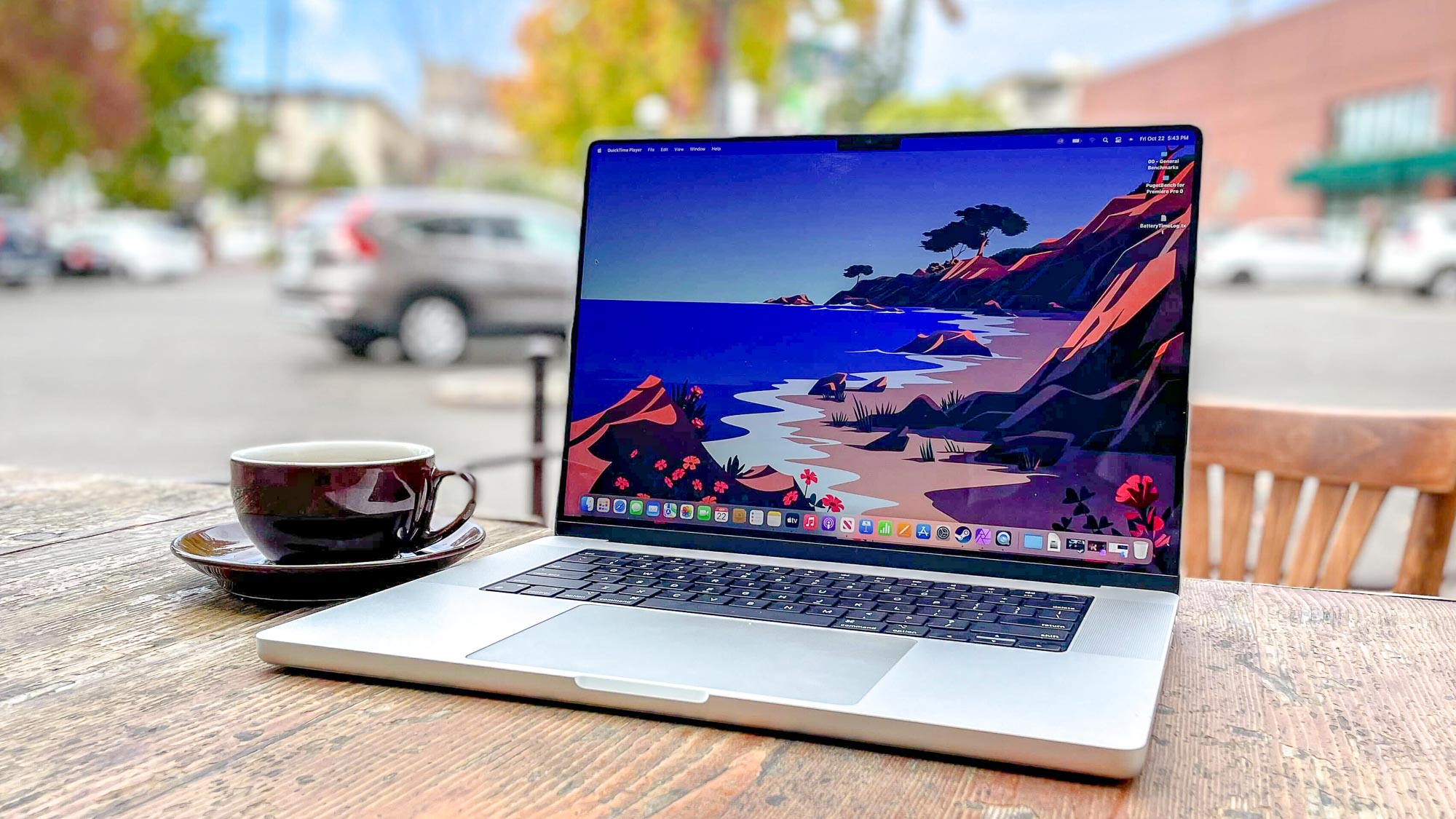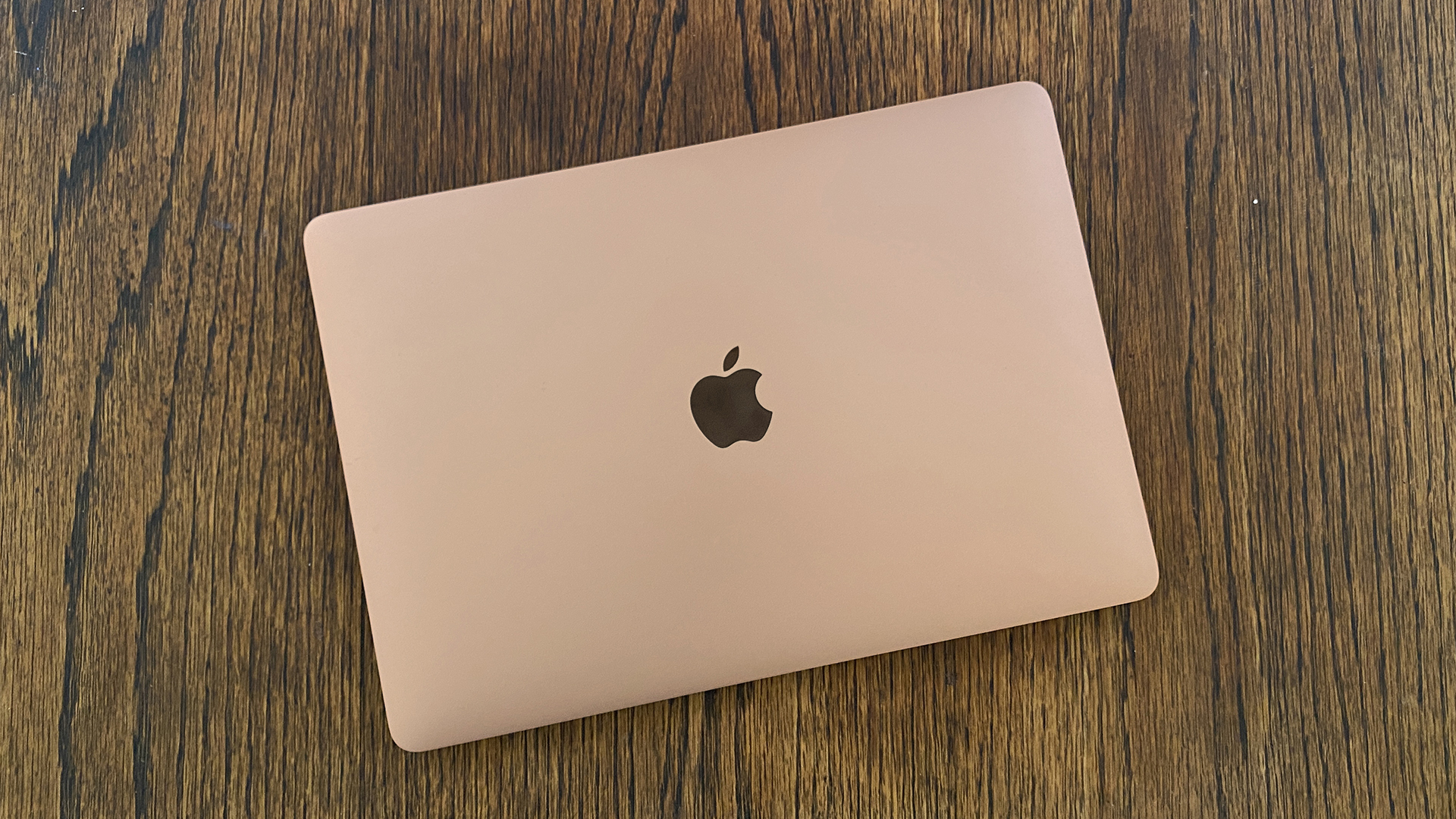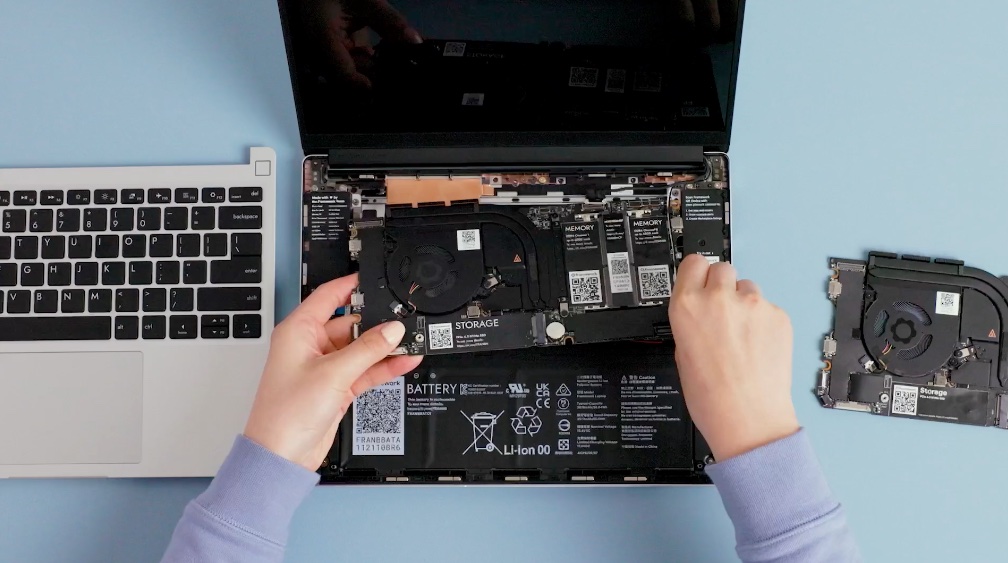M1 MacBook repairs will soon be DIY — here's what you need to know
Fix your own M1 MacBook for a price

Apple is expanding its repair program to include M1-powered MacBook Pro and MacBook Air laptops. The company will provide repair manuals, parts and tools through the Apple Self Service Repair Store. This expands on Apple’s existing Self Service Repair for iPhones that launched earlier this year.
The Cupertino-based company will offer “more than a dozen different repair types for each model” of MacBook, according to a press release. This includes the display, top case with battery and trackpad for the best MacBooks like the MacBook Air and MacBook Pro with M1 from 2020 — along with the MacBook Pro 14-inch and MacBook Pro 16-inch from 2021.
You can rent a repair kit for $49 and keep it for a week. Apple won’t charge you for the cost of shipping. The repair kit isn’t expensive, however, replacement parts can get pricey. As The Verge notes, the MacBook Air’s display can cost $395.12, while the trackpad and Touch ID for both the Air and Pro models costs $95.92 and $87.10, respectively. Apple says these are the same prices it charges the 5,000 Apple Authorized Service Providers across the United States.

While it’s great that users will be able to fix their own MacBooks, there are some drawbacks. For instance, Apple currently requires folks to give a valid serial number for the appropriate device they want to repair before they can purchase parts for it. Replacing parts like the battery, camera or display requires you to run a proprietary piece of Apple software called the System Configuration tool to complete the repair process.
These requirements give Apple a great deal of control over how you can repair your device. This control can hamper attempts to fix one’s laptop and potentially dissuade you from wanting to repair your MacBook in the first place. You may prefer to go to an Apple Store or authorized repair center to fix your device instead. But if you decide to visit a repair shop, you’ll want to factory reset your device first, given how even Apple’s iPhone repair technicians can't be trusted with your sensitive data.

It's nice to see Apple's DIY repair program expanding, but there's still room for improvement. Because Apple's DIY MacBook repair effort could be good — but one company's already doing it better. Launched in 2021, the Framework laptop is designed from the ground up to be easily repairable. Everything from the display to the webcam to the keyboard is replaceable, with clear labels and QR codes that take you directly to a page with repair guides and links to order replacements for the part you're looking at.
We can’t expect Apple to redesign its laptops to be as easy to repair as the Framework, but the company could take a few steps in the same direction to make life easier for users. Ditching the requirement for a valid serial number to buy parts would go a long way, for example. Framework also lets you buy whatever parts you want; you can even buy a replacement mainboard and build your own DIY PC around it, no Framework required.
Sign up to get the BEST of Tom's Guide direct to your inbox.
Get instant access to breaking news, the hottest reviews, great deals and helpful tips.
Apple’s expanded self-service program will launch in the United States on August 24 before extending to other countries before the end of 2022. Apple also plans to expand this program to include “additional Mac models” later this year. This could include the MacBook Air M2 and MacBook Pro M2, along with the iMac M1 and Mac Studio Display.
Read next: Apple's MacBook Pro self-repair is pretty daunting, with some seriously complex instructions

Tony is a computing writer at Tom’s Guide covering laptops, tablets, Windows, and iOS. During his off-hours, Tony enjoys reading comic books, playing video games, reading speculative fiction novels, and spending too much time on X/Twitter. His non-nerdy pursuits involve attending Hard Rock/Heavy Metal concerts and going to NYC bars with friends and colleagues. His work has appeared in publications such as Laptop Mag, PC Mag, and various independent gaming sites.
